Located between Stavanger and Bergen, in the heart of Norway’s south-western cruise region, Haugesund is a vibrant and historic town dating back to Viking times. This is where, more than a thousand years ago, King Harald Fairhair united Norway into a single kingdom, and it was from this area that the Viking Kings ruled Norway for more than 500 years.
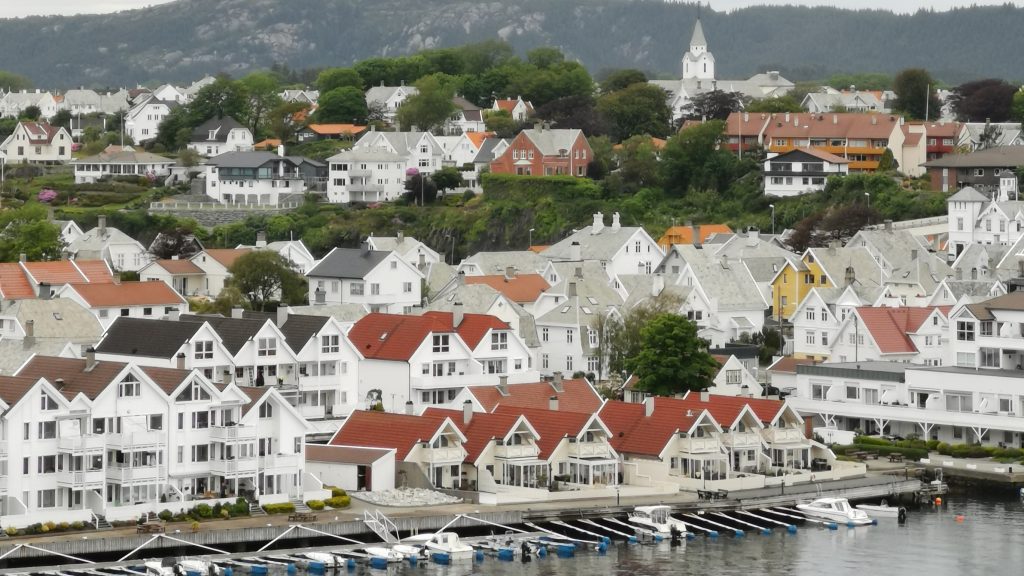
Homeland of the Viking Kings, Norway’s birthplace
Sheltered from the rough waters of the North Sea by the island of Karmøy and the archipelago of Røvær, the town of Haugesund is situated on the Karmsundet, a strategically important waterway through which ships could pass without having to sail through heavy seas. Furthermore in the early years, the coastal waters of Haugesund were a huge source of herring, turning the town into an important exporter of herring.
Despite being nothing more than a village back then, King Harald Fairhair lived at Avaldsnes, some 8 km south of Haugesund.
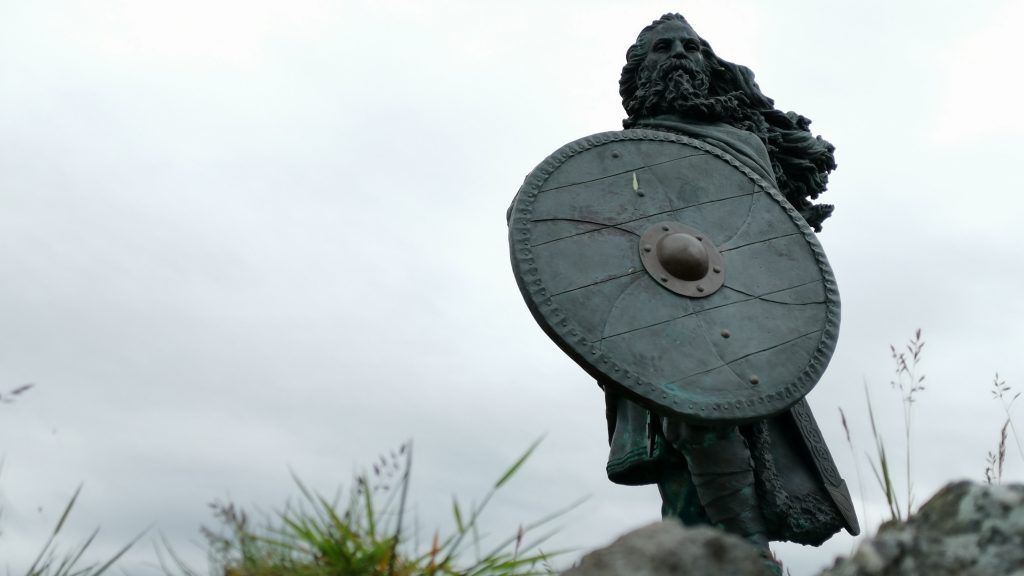
According to the sagas, Harald succeeded his father to the sovereignty of several small, and somewhat scattered kingdoms. In 866, he made the first of a series of conquests over the many small kingdoms and in 872, after a great victory at a battle near Stavanger, Harald found himself king of the whole country.
A more romantic version claims the consolidation of the rule of Norway was somewhat the result of a love story: Harald Fairhair wanted to marry Gyda, daughter of Eirik, King of Hordaland, but she refused to marry Harald “before he was king over all of Norway”.
Modern Haugesund
Nowadays Haugesund is still one of Norway’s leading shipping centres and the starting point to explore the surrounding mountains, waterfalls, glaciers and islands. We recently spent a few hours exploring the town and were pleasantly surprised by what we saw.
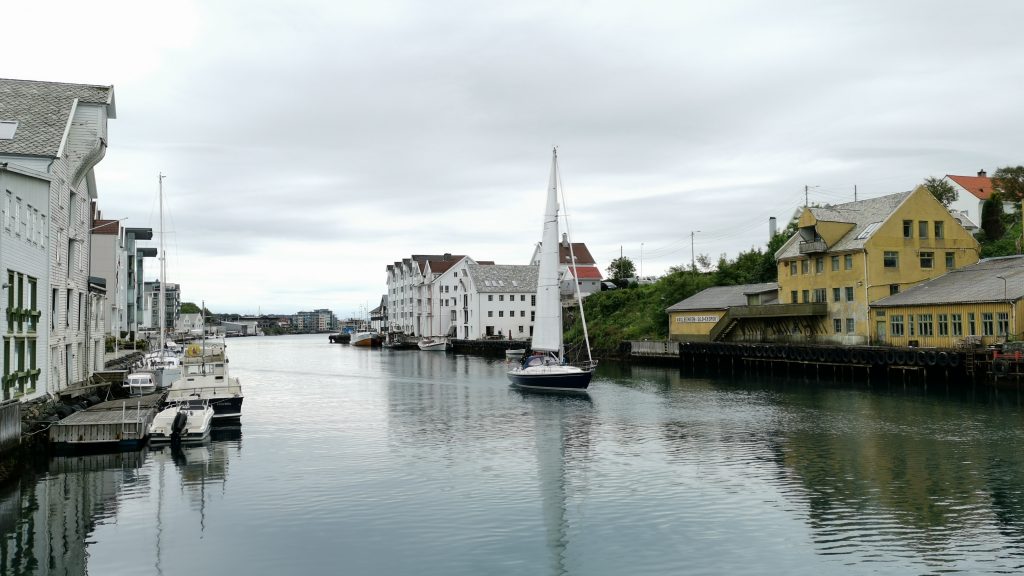
After a short ride, from the cruise pier, the complimentary shuttle bus dropped us off in front of Our Saviour’s Church. The red neo-Gothic building from 1901 is located at the geometric centre of Haugesund and the perfect place for a walk through the town.
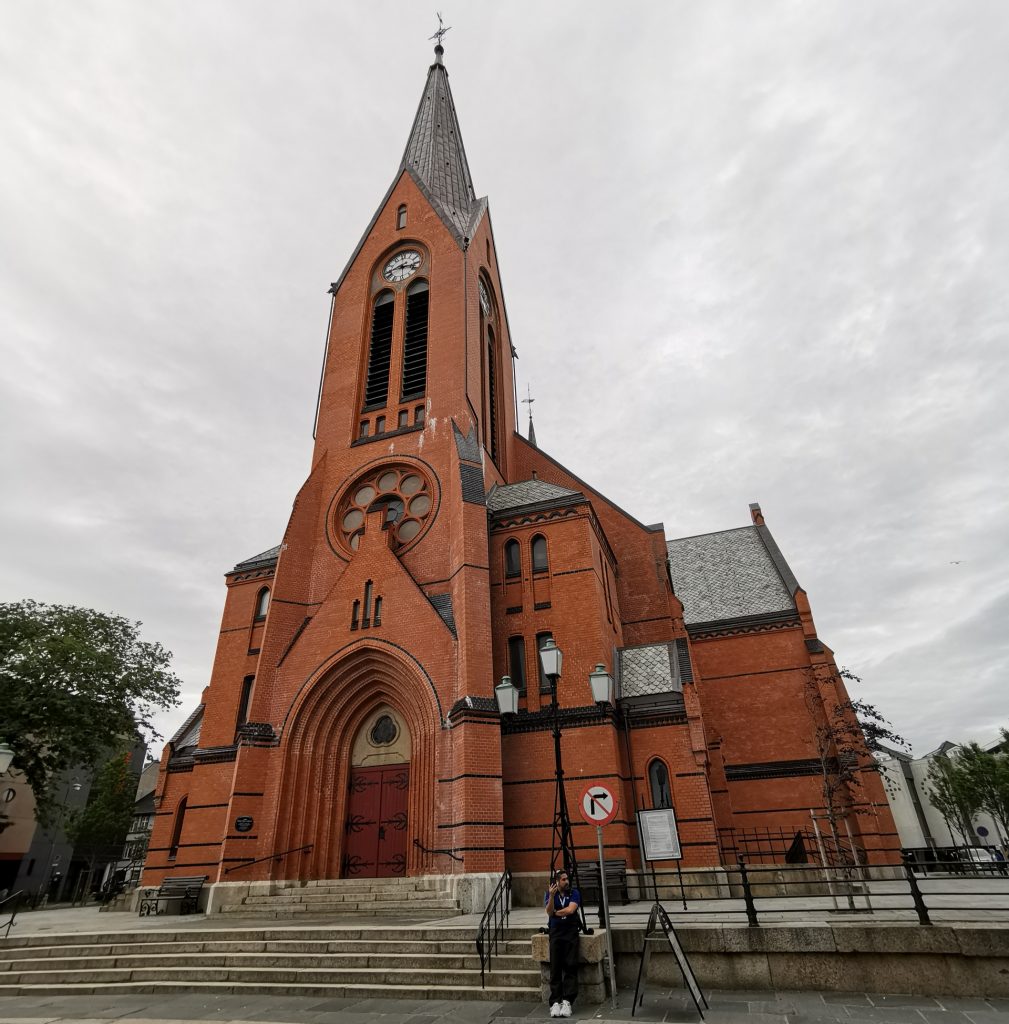
Walking through the streets of Haugesund we came across quite a few exciting historic buildings. One of them is located across the street from the church: the Wrangell House. H.M. Wrangell was a herring trader, ship owner, Lord Mayor and Danish Consul who contributed heavily to the development of Haugesund. The older houses in Haugesund were built in various styles with the classicism, the Swiss and Jugend styles being the most popular.
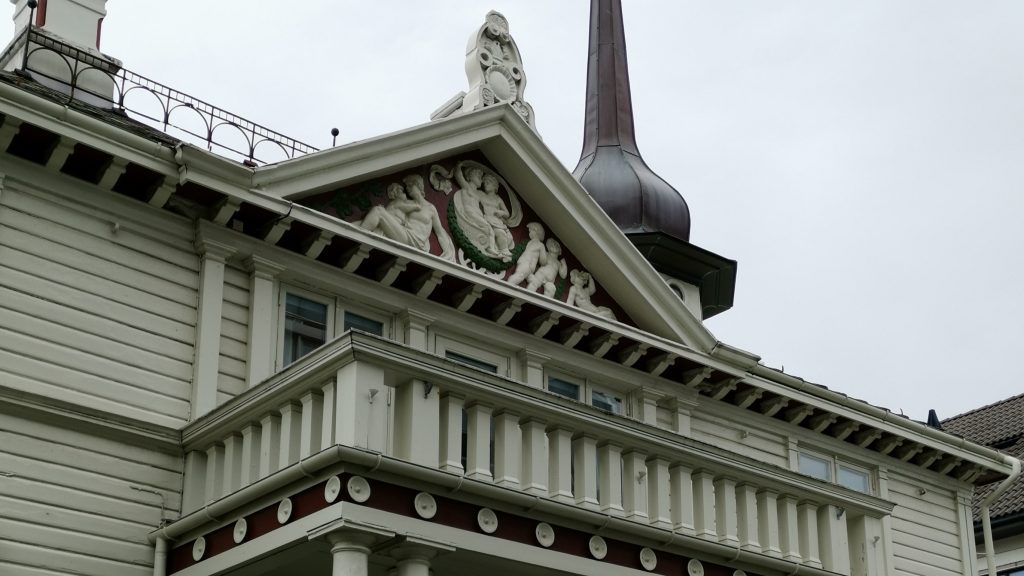
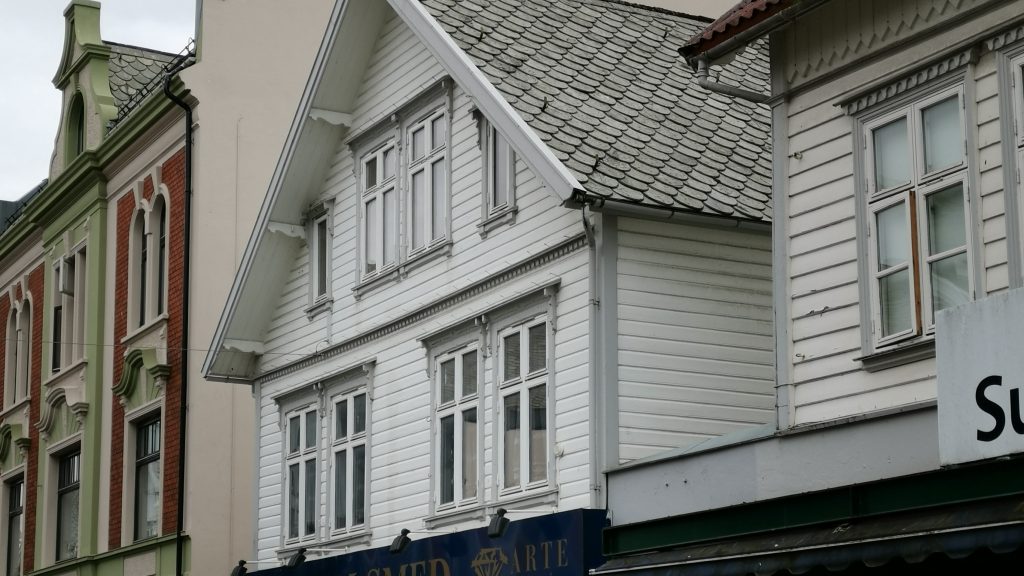
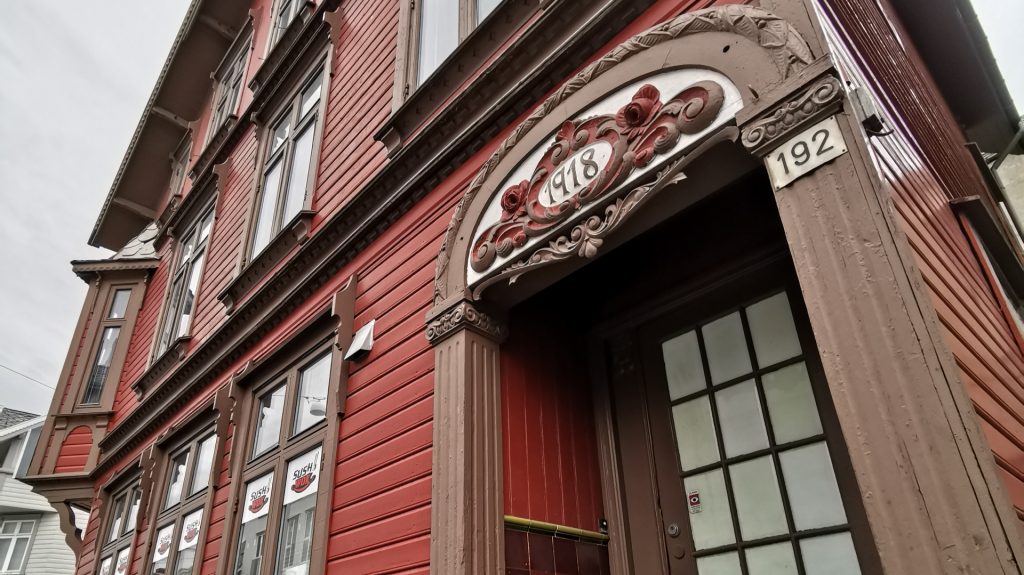
If you are curious to find out more about the history of Haugesund we highly recommend a visit to the Karmsund Public Museum. Here the “Town Exhibition” tells the story of the town through models, photos, text and film. Other thematic exhibitions focus on seafaring, fishing and agriculture.
From the museum it’s only a few minutes to the City Hall Square. The modern building in the corner of the square is the town’s theatre and concert hall – Festiviteten. The large pink-coloured building next to it is the City Hall. The building was a gift from one of the town’s ship owners and was officially opened in 1931.
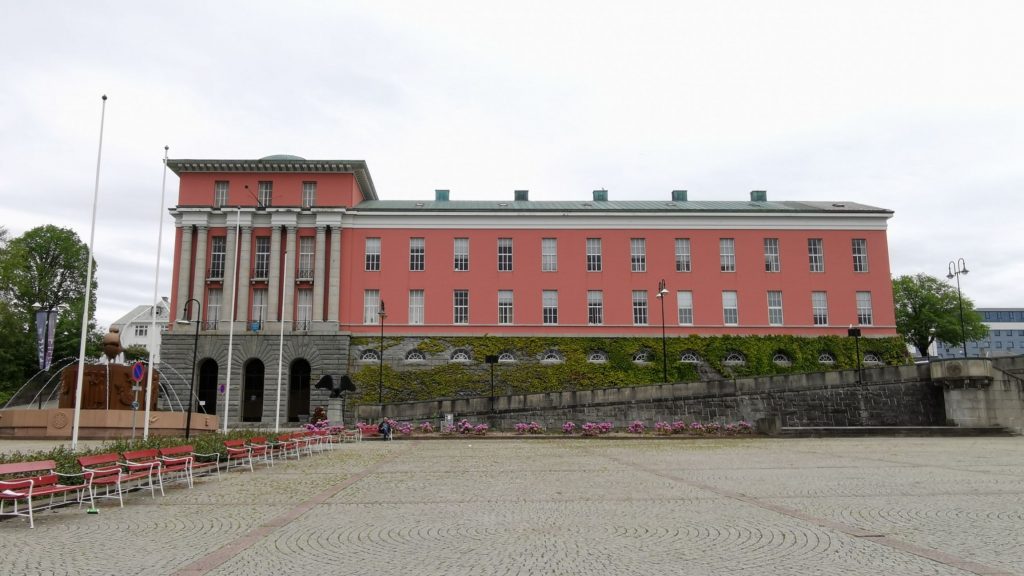
While the Vikings played an important role in Haugesund and the surrounding region, nowadays the city is host to several festivals including the Norwegian International Film Festival an the Sildajazz festival.
From the square it’s a 3-minutes walk towards the waterfront promenade with its cafés, restaurants and Marilyn Monroe statue.
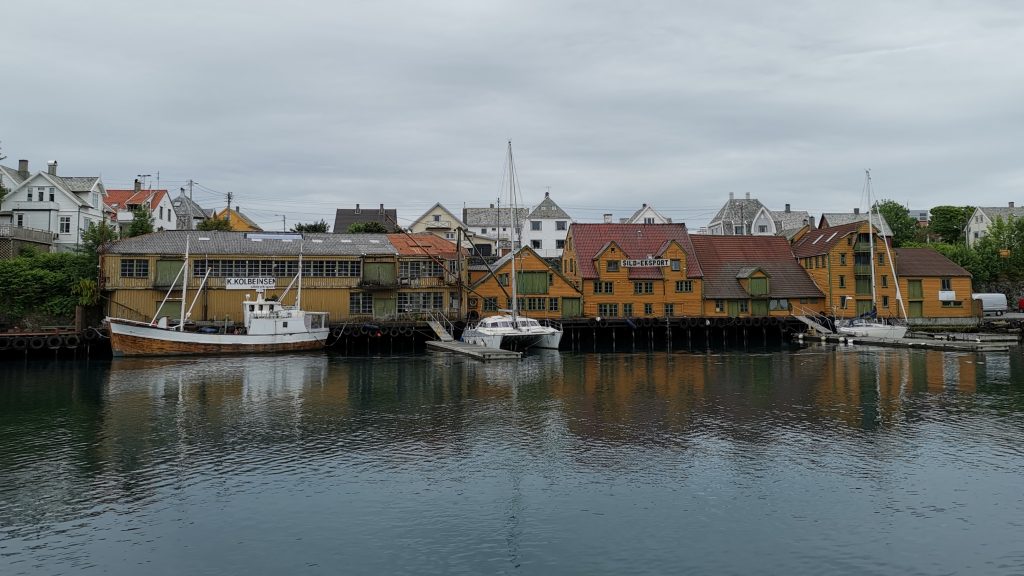
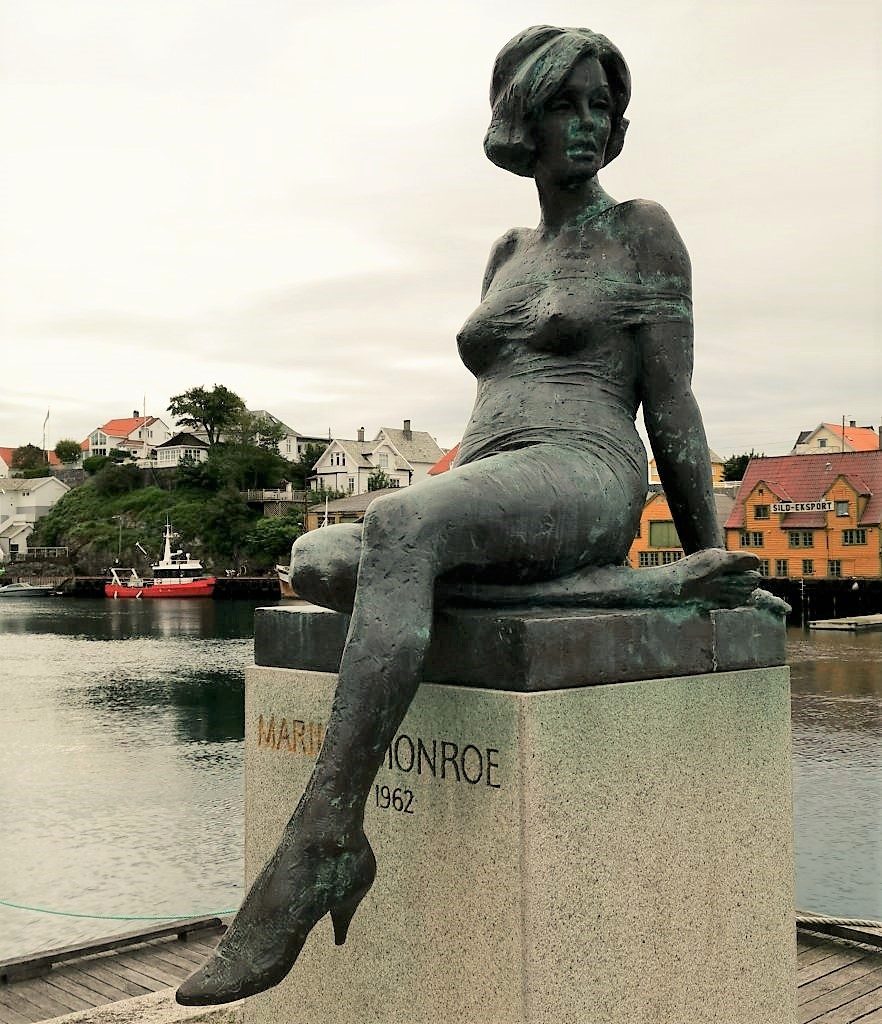
Why is there a statue of Marilyn Monroe in Haugesund, you wonder? Martin Edward Mortensen (1897–1981), the son of an emigrant from the village of Skjold near Haugesund, was listed as father on Marilyn Monroe’s birth certificate.
In the hotel across from the Marilyn Monroe statue you can watch a 22-minute panoramic movie about the nature and region around Haugesund. The movie is shown at various times and costs NOK 50 per person.
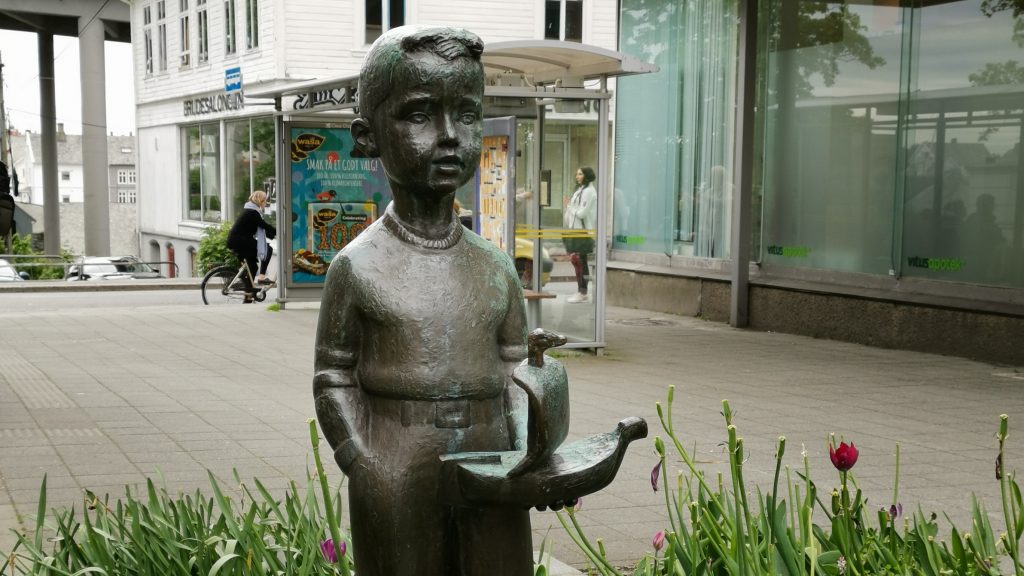
From here you can either walk along the waterfront towards the Fishermen’s statue or walk up the road to Haraldsgaten. The pedestrian street is the town’s main shopping street and supposedly one of Norway’s longest main streets. Part from hundreds of shops the street features quite a few bronze statues.
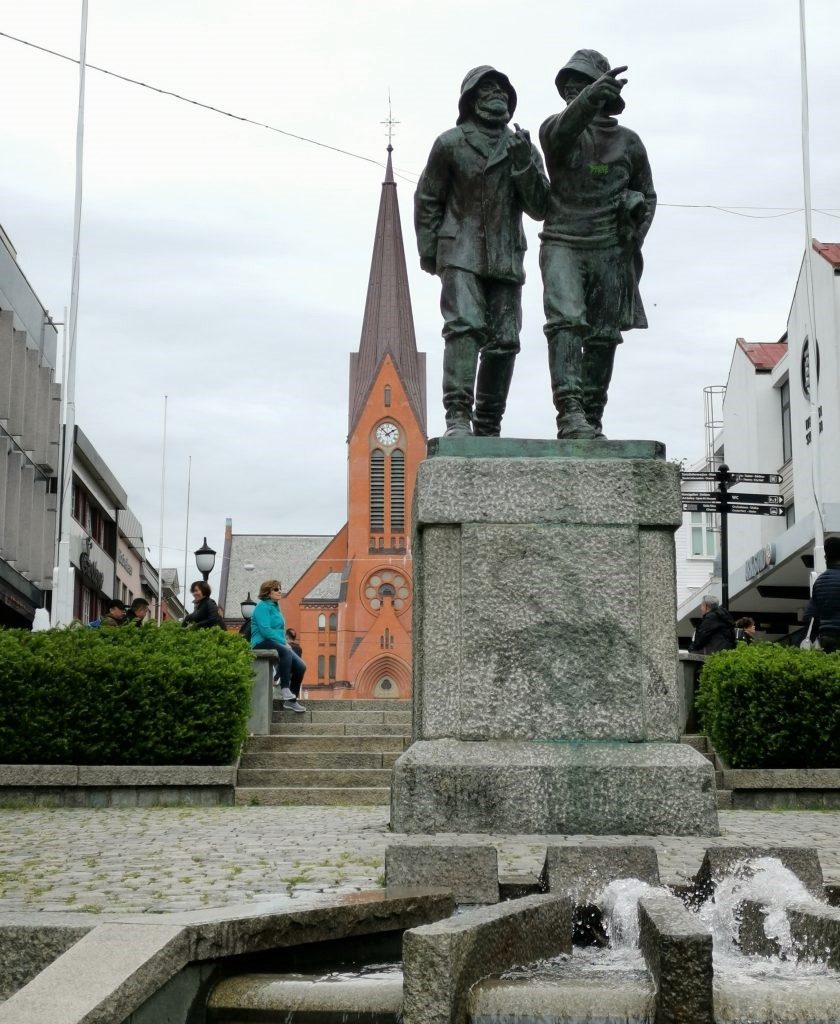
The iconic Fishermen statue symbolises the town as a herring centre. The statue shows two fishermen looking out over the sea in search of herring.
The yellow wooden building at the end of the street, on Bytunet Square, was originally built as a school in 1858 in the then popular Swiss style. Around 1910 it was used as the town’s city hall, then as police station – complete with a jail in the basement, an administrative building and now as tourist information center.
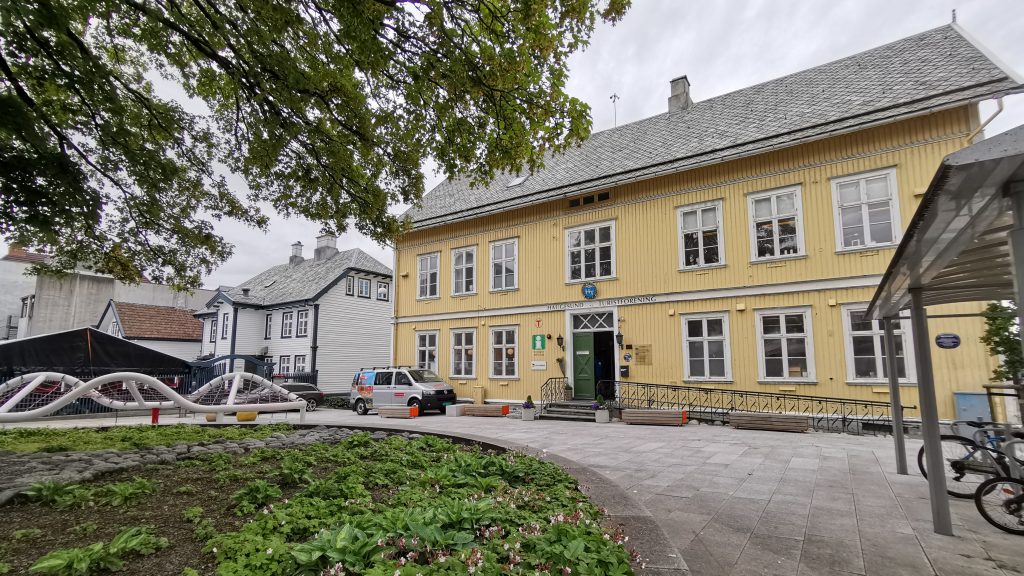
Continuing down the road, the Havnaberg viewpoint offers expansive views over the small Norde Svinholmen island and the Dokken Museum.
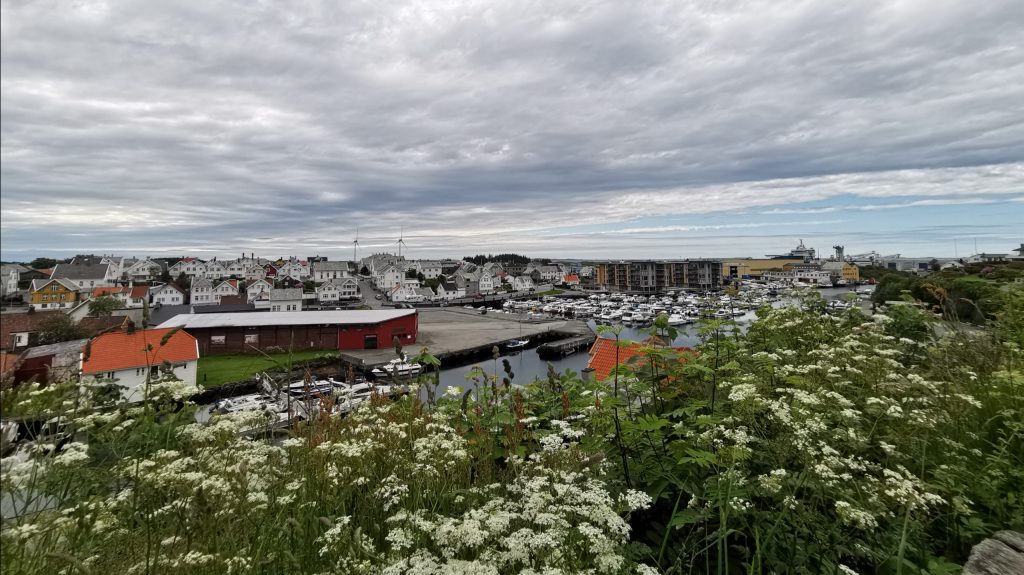
The exhibits at the Dokken Open Air Museum depict the living and working environment during the herring fisheries period (1850-1950). Here you can visit an old fashioned store, prayer house, a herring salting plant, boathouse with living quarters, curing room and several boathouses with living quarters.
On the other side of the road, the peaceful Byparken Town Park was originally part of a larger estate, but when it’s owner went bankrupt the area was designated as a public park. The romantic music pavillion in the middle of the park dates from 1923.
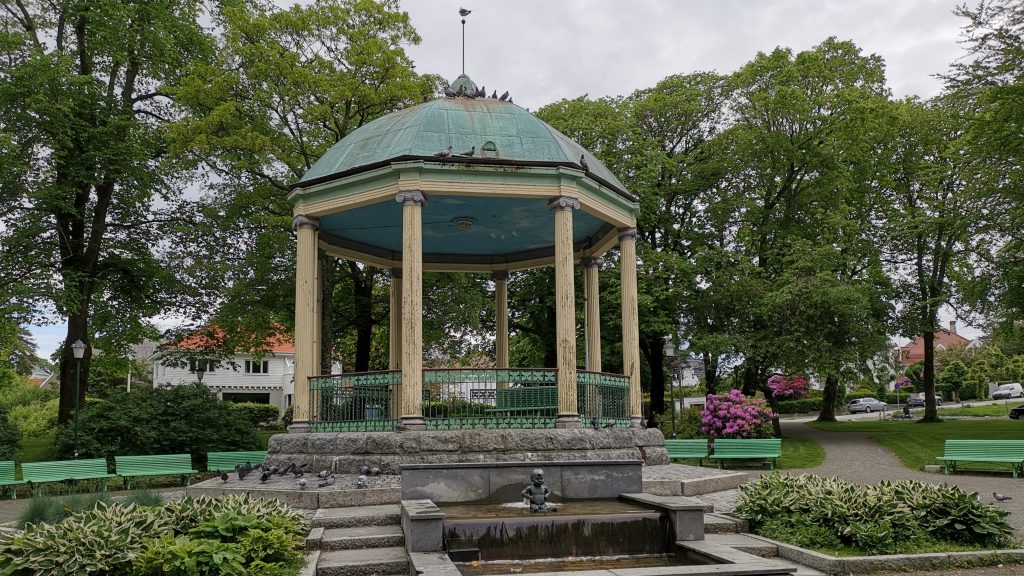
Opposite the park are some houses in the typical Dragestil style. The “Dragon Style” originated in Norway and was inspired by the Viking and mediaeval art and architecture. It features Norse motifs, such as serpents and dragons, and was popular between 1880 and 1910.
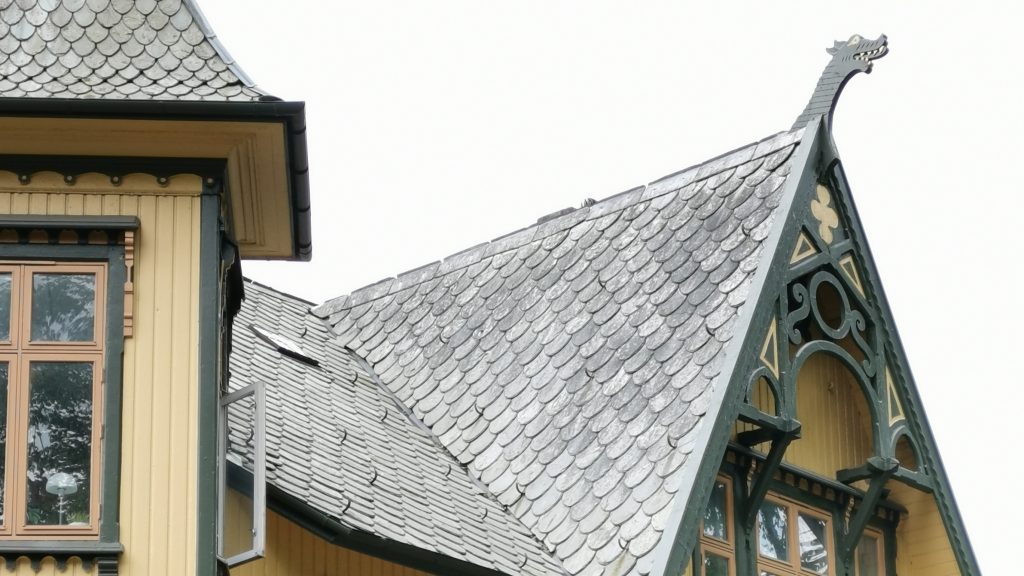
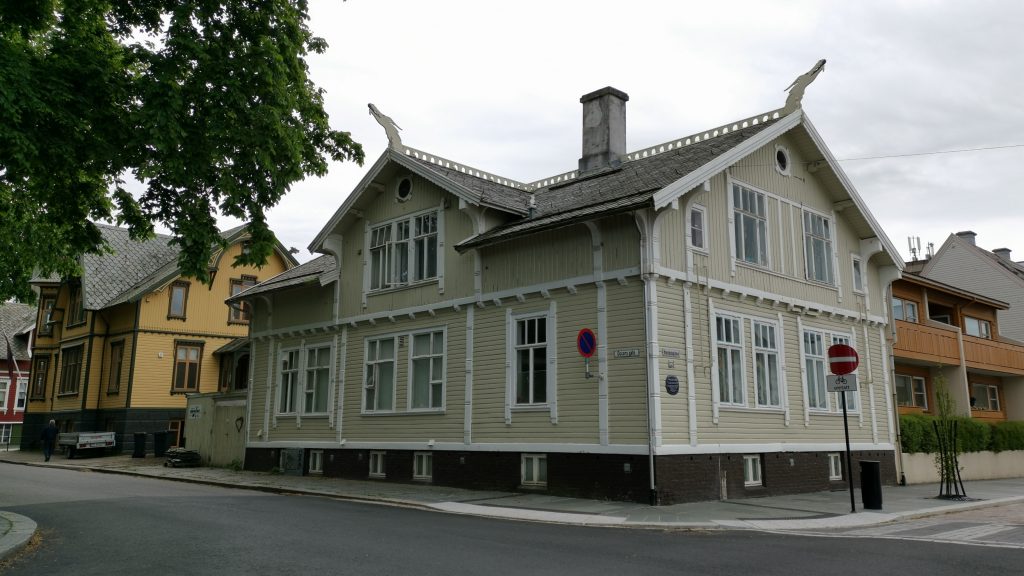
The nearby white Skare Church was built in 1858. The town’s oldest graveyard is situated across the street and dates back to 1734.
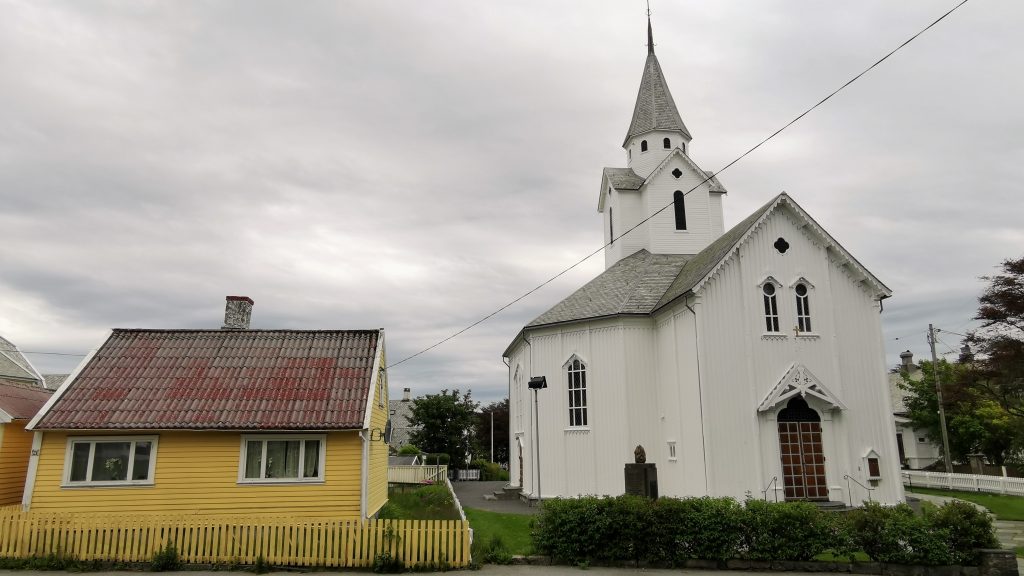
From here a further 20-minutes walk will bring you to Krosshaugen and Haraldshaugen, Norway’s National Monument. The monument was erected in 1872, on what is believed to be the final resting place of King Harald I, to commemorate Norway’s millennium as a unified kingdom. Krosshaugen, with its stone cross dating from the earliest Christian period in Norway (about the year 1000), has functioned as a Parliament site. It is believed that Christian mass was said beside these stone crosses before churches were built.
After a quick visit to the Haugesund Art Gallery it was time to make our way back to the Our Saviour’s Church and the shuttle to our cruise ship.
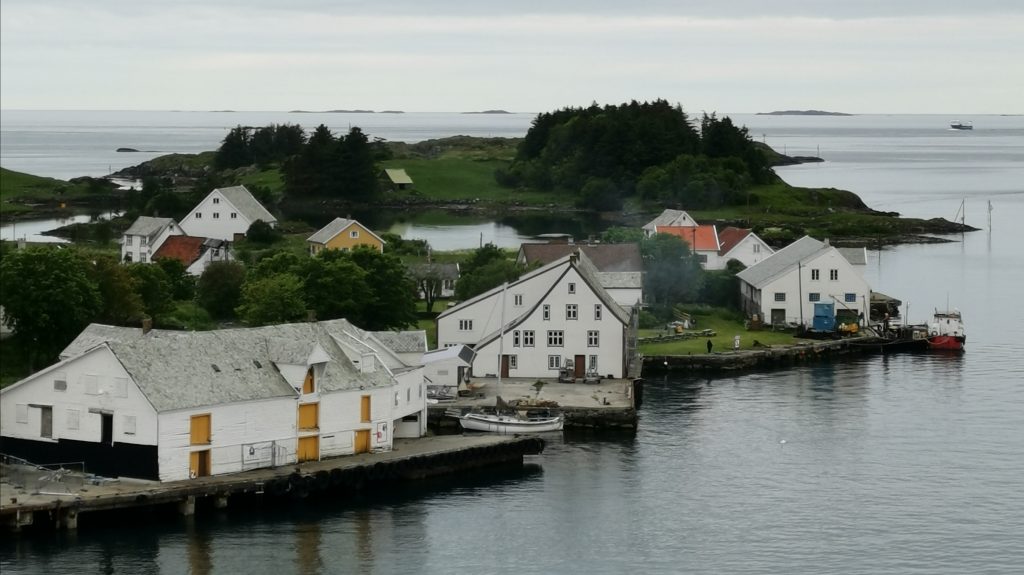
Haugesund doesn’t (yet) enjoy the same international fame or interest like Geiranger, Alesund or Bergen and is still one of those places in Norway that hasn’t fallen prey to mass tourism. It has succeeded in safeguarding its small town ambiance and combined it with a healthy dose of history, its proximity to natural beauty and friendly people, making it the perfect destination.